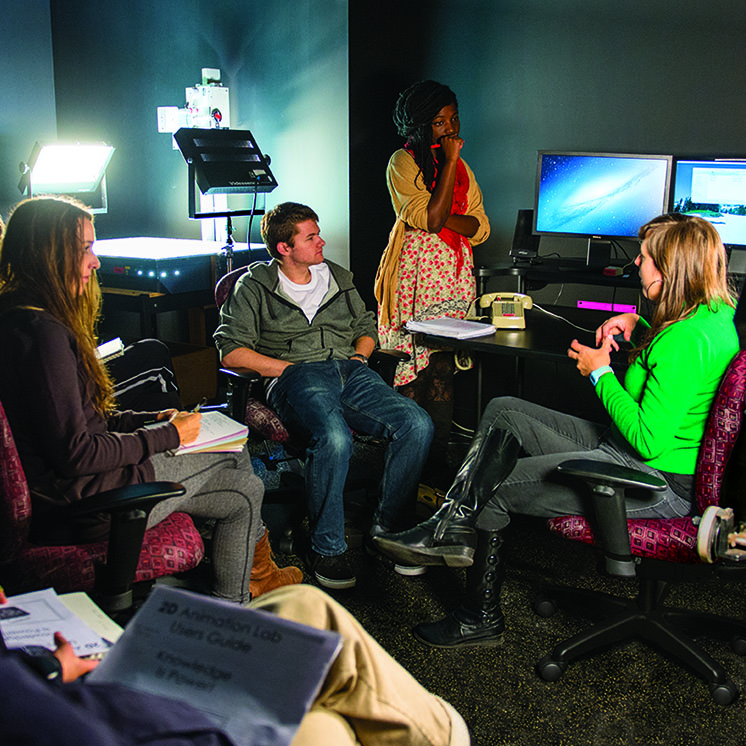Matter and Motion
REVISED
Fall 2015, Winter 2016 and Spring 2016 quarters
Taught by



Prerequisites
This introductory program integrates first-year university calculus and physics with topics from chemistry and relevant areas of history and scientific literature to explore how scientists make sense of, and intervene in, the natural and human-created worlds. Careful observation of the natural world reveals an underlying order, which scientists try to understand and explain through model building and experimentation. Physical scientists seek to reveal the fundamental nature of matter, its composition, and its interactions; such understanding forms the essential background for our modern technological society. This program lays the foundation for developing this understanding. Students will be supported in developing a firm background in college-level science, becoming prepared for further work in the mathematical and physical sciences.
The program will have a significant laboratory component. Workshops and seminar discussions will also allow for collaborative work on math, chemistry, and physics problems as well as an opportunity to explore connections between history, theory, and practice. The program is intended for students with solid high-school level backgrounds in science and mathematics; in particular, a good grasp of precalculus (including algebra and trigonometry) will be assumed. Equally important for success, however, will be a commitment to working hard and effectively in groups.
The work will be intensive and challenging but also exciting; students should expect to spend at least 50 hours per week engaged with material during and outside of class. The program will include readings, lectures, labs, workshops, seminars, projects, frequent homework sets, quizzes, and exams; students will have the opportunity to demonstrate the knowledge they have gained in each of these settings. Students in this year-long program will also have the opportunity to work with three different physical scientists (two physicists and a chemist) via a shift in the faculty team and program style between fall and winter/spring quarters. Students who successfully complete all three quarters of the program will have covered material equivalent to a year of calculus and calculus-based physics with lab along with some related chemistry topics, and will be prepared for further introductory work in chemistry as well as upper-division work in mathematics and physics.
Program Details
Fields of Study
Preparatory for studies or careers in
Academic Website
Location and Schedule
Campus location
Olympia
Schedule
Offered during: Day
Advertised schedule: First spring class meeting: Monday, March 28 at 10am (Lab 2 1223A)
Books
Online Learning
Required Fees
May be offered again in
Revisions
| Date | Revision |
|---|---|
| February 25th, 2016 | Spring reduced to 12 credits. |
| August 26th, 2015 | Riley Rex joins Matter and Motion. |
| February 18th, 2015 | New opportunity added. |
 my.evergreen.edu
my.evergreen.edu

 Fall
Fall  Winter
Winter  Spring
Spring